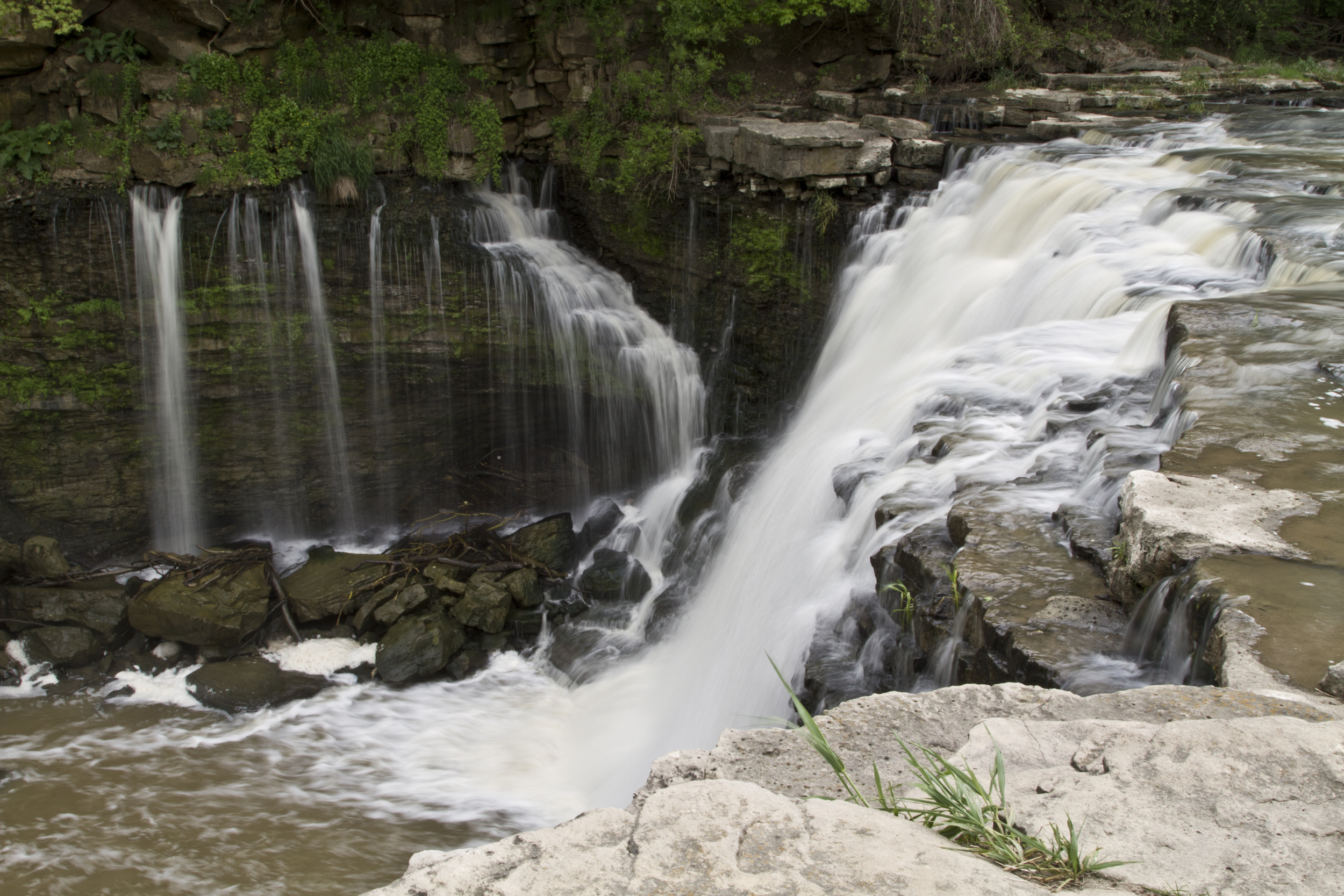

HGS RESEARCH HIGHLIGHT – External and internal drivers behind the formation, vegetation succession, and carbon balance of a subarctic fen margin
In this research publication, researchers investigated the formation, vegetation succession, and carbon balance of peatland margins in Finnish Lapland. This study leverages HydroGeoSphere (HGS) alongside paleoecological records and remote sensing to address long-standing challenges in understanding how new peatland areas initiate, expand, and influence climate through carbon cycling.

HGS RESEARCH HIGHLIGHT - Is the Water Balance of Your Waste Rock Pile Reliable? A framework for Improving Assessment of Water Inputs and Outputs for a Typical Storage Facility
This research focuses on understanding the dynamics of topography-driven groundwater flow systems using fully-coupled surface–subsurface hydrologic modelling. This study addresses long-standing challenges in representing nested flow systems by simulating interactions between climate, topography, and groundwater without relying on potentially unrealistic, static boundary conditions.

Staff Research Highlight - Application of Different Weighting Schemes and Stochastic Simulations to Parameterization Processes Considering Observation Error
In this paper co-authored by Aquanty personnel, researchers explore how different weighting schemes and stochastic simulations can enhance the accuracy of parameter estimation processes, ultimately reducing uncertainty in climate change impact assessments.

Staff Research Highlight - A Continuous Differentiable Formulation for Seepage Face Boundary Conditions in Dynamic Groundwater Systems
This research by Aquanty staff introduces a continuously differentiable formulation for seepage face boundary conditions in dynamic groundwater systems. Traditional approaches often model seepage faces with abrupt boundary transitions, leading to numerical instabilities, convergence issues, and computational inefficiencies in transient groundwater simulations. This research presents a novel approach that ensures smooth transitions between saturated and unsaturated zones, improving the stability and accuracy of numerical groundwater models.
